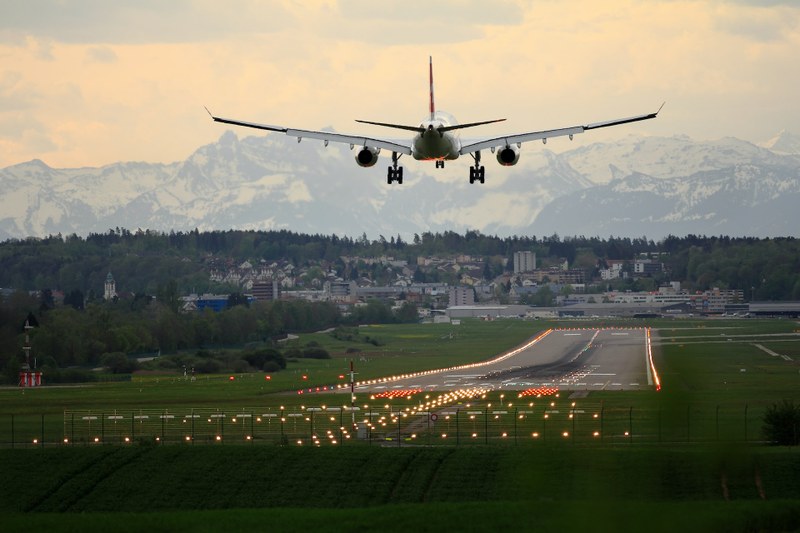All official European Union website addresses are in the europa.eu domain.
See all EU institutions and bodiesTransport is a vital sector but our current mobility system is simply not sustainable. Decisive policies, smart investments and changes in demand can trigger a vital shift towards cleaner transport modes and reduce the sector’s impact on the environment, climate and our health.
Transport connects people, cultures, cities, countries and continents. It is one of the main pillars of modern societies and economies, allowing producers to sell their products across the world and travellers to discover new places. Transport networks also ensure access to key public services, such as education and health, contributing to a better quality of life. Connecting to transport helps boost the economy in remote areas, creating jobs and spreading wealth.
There is, however, a downside to our current transport model. The transport sector causes substantial negative impacts on the environment and human health. Transport is responsible for about a quarter of the EU’s total greenhouse gas (GHG) emissions, and causes air pollution, noise pollution and habitat fragmentation.
More concretely, it is the only major economic sector in Europe where GHGs have increased since 1990 and is also the largest contributor to nitrogen oxides emissions, which harm health and the environment. Similarly, road transport is one of the main sources of environmental noise pollution in Europe.
As demand has increased, so has the overall energy efficiency of new passenger cars, vans and trucks, planes and ships, but not at the same pace as total transport emissions. The sheer volume of transport activity has impacted our GHG emissions and demands on all types of transport are expected to increase.
Europe aims to become climate-neutral by 2050. This cannot be achieved without a sustainable mobility system, based on cleaner and more active transport modes, cleaner fuels and, where possible, reducing the need for mobility.
Transport activity in Europe in numbers
+24.9%
in passenger travel
between 1995 and 2022
+142.5%
in air travel
between 1995 and 2022
+24.8%
in passenger car transport
between 1995 and 2022
+44.6%
in freight transport
between 1995 and 2022
Source: EEA report Sustainability of Europe’s mobility systems

Difficult journey ahead to sustainability, despite progress
The EU is making progress towards climate neutrality but reductions in greenhouse gas emissions from transport are relatively stagnant. According to our latest report on transport and environment, the transport sector’s transition towards sustainability is made difficult by the increasing transport demand and sluggish growth in sustainable transport modes for moving both people and freight.
The EEA report ‘Sustainability of Europe’s mobility systems’ sums up transport sector’s key trends as of 2024, and their environmental and climate impacts. The report shows that transport remains a major source of greenhouse gas emissions, air pollution and noise. While projections for 2030 and beyond show some positive signs, substantial investments in implementation of innovative solutions and a shift to more sustainable transport modes are still needed.
Aviation sector must continue to improve to meet environmental and climate goals
Aviation has produced economic benefits, stimulated innovation and improved connectivity within Europe. But unfortunately, this growth has also increased negative impacts on climate change, noise and air quality.
Air traffic in Europe decreased during the COVID pandemic, but it has recovered to 8.35 million flights in 2023, only 10% below the 2019 level. Longer-term trends suggest that this will grow to 11.8 million annual flights by 2050.
Technological improvements such as more fuel-efficient technology, optimisation of operations, and use of Sustainable Aviation Fuel, aims to decouple traffic growth from emissions. Additional market-based measures will also be needed if the sector is to achieve net-zero CO2 emissions by mid-century.
These are some of the conclusions from the 4th edition of the European Aviation Environmental Report (EAER) published by the European Union Safety Agency (EASA) with support from the EEA.


How can Copernicus help?
What if the ground is moving? Are our road and rail transport networks stable enough?
Copernicus is the European Union's earth observation programme. It combines detailed geospatial data obtained through satellites and from ground observations.
Information on surface displacement due to geohazards or human activity is provided by the European Ground Motion Service (EGMS), provided by the EEA, within the Copernicus Land Monitoring Service.
This can be used to monitor subsidence affecting airport runways, railways, or breakwaters in ports. It enables the shift from air to rail travel by helping to identify the best routes and tracks.
